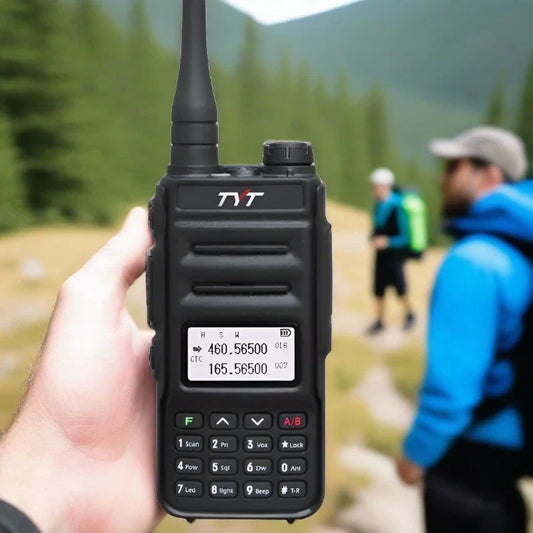CB (Citizens Band) radios have been a popular mode of communication for truck drivers, off-roaders, and other outdoor enthusiasts for decades. A crucial part of any CB radio setup is the antenna, which is responsible for transmitting and receiving signals. When it comes to installing a base station CB antenna, there are several important considerations to keep in mind. In this blog post, we'll take a closer look at the height of the antenna, the coaxial cable, and the style of antenna between vertical and dipole.
Height of the Antenna The height of the antenna is an essential consideration when it comes to installing a base station CB antenna. The higher the antenna, the better the range of the radio signal. Ideally, the antenna should be installed as high as possible, with a clear line of sight to the horizon. The best way to achieve this is to mount the antenna on a tall mast or tower, which can be attached to a building or placed in a secure, elevated location. The higher the antenna is mounted, the more likely it is to pick up signals from a greater distance.
Coaxial Cable Another important consideration when it comes to installing a base station CB antenna is the coaxial cable. This cable connects the radio to the antenna and is responsible for transmitting the radio signal. The quality of the coaxial cable is important because a poor quality cable can result in signal loss and decreased range. It's important to choose a cable with low loss and high-quality connectors that can withstand harsh weather conditions. It's also important to ensure that the length of the cable is appropriate for the installation location, as longer cables can result in greater signal loss.
Style of Antenna: Vertical or Dipole There are two main styles of base station CB antennas: vertical and dipole. A vertical antenna is a single antenna element that is mounted vertically and can be ground-mounted or elevated. A dipole antenna consists of two parallel elements, each of which is half the length of the desired frequency wavelength. These elements are mounted horizontally, parallel to the ground. Both types of antennas have their advantages and disadvantages.
Vertical antennas are easier to install and require less space than dipole antennas. They are also more omnidirectional, meaning they can pick up signals from all directions. However, vertical antennas may be more susceptible to interference from nearby objects, and their range may be limited if they are not mounted high enough.
Dipole antennas, on the other hand, are more directional, meaning they pick up signals from a narrower range of directions. They are also less susceptible to interference and can offer greater range if mounted at the appropriate height. However, dipole antennas require more space to install and can be more difficult to set up.
Conclusion When it comes to installing a base station CB antenna, there are several important considerations to keep in mind. The height of the antenna, the quality of the coaxial cable, and the style of antenna all play a crucial role in determining the range and effectiveness of the radio signal. By taking the time to carefully consider each of these factors and choosing the right equipment, you can ensure that your CB radio setup is reliable and effective.










1 comment
Don’t forget proper signal grounding! Very important for transmittimg.